Project One
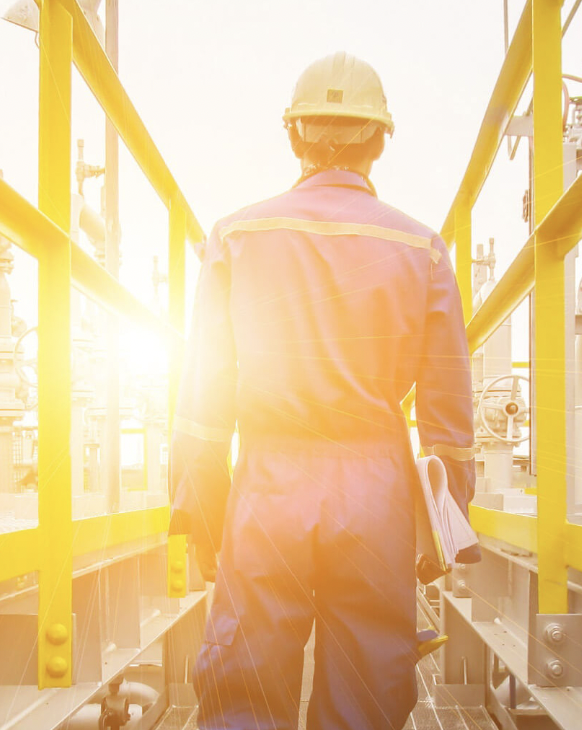 Project ONE is a game-changing investment by INEOS to construct an ethane cracker in the Antwerp petrochemical hub. The multi-billion euro investment is the largest in European chemistry in more than 20 years and will set new standards by employing the best available technology.
Project ONE is a game-changing investment by INEOS to construct an ethane cracker in the Antwerp petrochemical hub. The multi-billion euro investment is the largest in European chemistry in more than 20 years and will set new standards by employing the best available technology.
8 January 2024
Project ONE awarded environmental permit by Flemish Minister for Justice and Enforcement, Environment, Energy and Tourism, opening the way for the construction of Europe's most sustainable cracker. Read in full.
Key facts about Project ONE:
- Project ONE aims to build an ethane cracker in the Port of Antwerp with a nameplate capacity of 1450kt of ethylene per year
- Its carbon footprint per ton of High Value Chemicals (HVC) will be less than half compared to the top 10% steam crackers in Europe
- Hydrogen, a by-product of the cracking process, is used as a zero CO2 fuel for the furnaces
- Its electricity use will come from renewable energy, through large wind energy contracts with Eneco, ENGIE and RWE, accounting for a reduction in CO2 emissions of almost 3 million tonnes
- Plant design includes the flexibility to integrate developing technologies as they become mature, such as carbon capture and storage, the use of additional hydrogen as a fuel and electrification of the cracking furnaces
- Target year for operation is 2026
Project One day 1 emissions - setting new standards
Other important Antwerp net zero activities:
- INEOS also takes part in the Antwerp@C initiative, which is aiming to support industries’ efforts towards a 50% CO2 emission reduction within the Port of Antwerp, Belgium, by 2030 through the creation of a common CO2 infrastructure that collects and exports CO2 for sequestration in offshore capacities. Read more
- INEOS was the first industrial player to sign an agreement with Fluxys to participate in the feasibility study for the development of an open-access hydrogen network in the port of Antwerp. Depending on the future transition to net zero emissions and the scenario chosen, the plant has the potential to take around 100, 000 tonnes of hydrogen off the grid. Read more
Green energy
Energy sourcing is a key driver of emissions reduction and has a significant impact on our greenhouse gas footprint. Energy reduction and substitution measures are a key part of the roadmaps at each INEOS site. We continuously investigate and implement measures to switch to cleaner energy sources, such as hydrogen co-fuelling, using biogas to replace natural gas, or buying green power through power purchase agreements (sometimes called PPAs).
April 2023: new renewable power agreement to supply our Norway plants
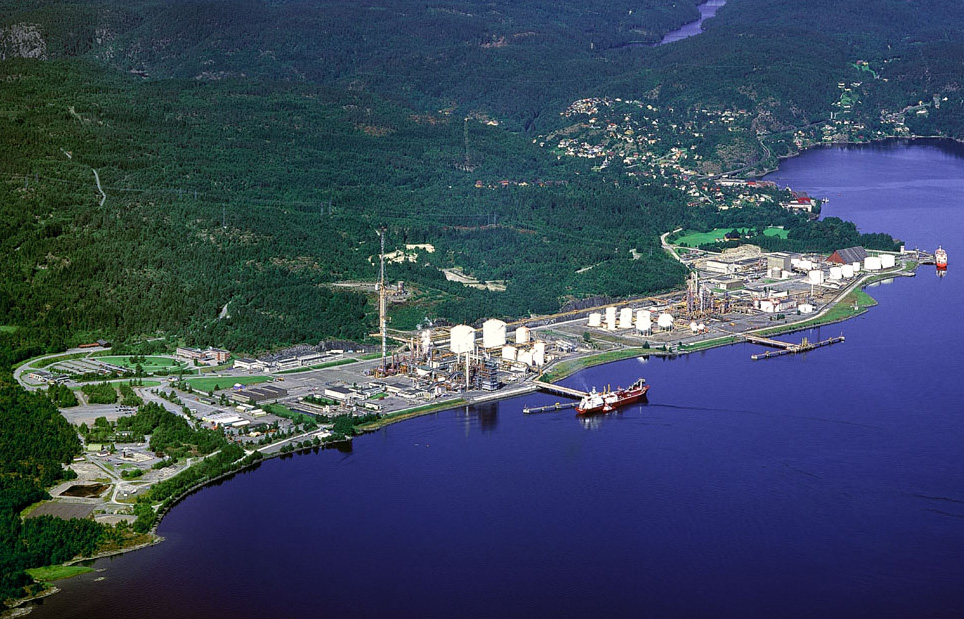 INEOS Olefins & Polymer Europe has signed a renewable power agreement with Skagerak Energitjenester to provide 100% green energy to its Rafnes and Bamble plants in Norway. Combined with a recently announced INEOS Inovyn deal in Norway, all of INEOS’ assets in the region are now supplied with 100% green power generated from hydroelectric production. By using renewable power, INEOS can reduce the product carbon footprint of a typical LDPE grade by up to 30%. Read more
INEOS Olefins & Polymer Europe has signed a renewable power agreement with Skagerak Energitjenester to provide 100% green energy to its Rafnes and Bamble plants in Norway. Combined with a recently announced INEOS Inovyn deal in Norway, all of INEOS’ assets in the region are now supplied with 100% green power generated from hydroelectric production. By using renewable power, INEOS can reduce the product carbon footprint of a typical LDPE grade by up to 30%. Read more
Other action being taken by INEOS O&P Europe:
- INEOS agrees to the largest ever industrial wind power purchase contract in Belgium with ENGIE - the 10-year deal will reduce INEOS’ carbon footprint by 1,150,000 tonnes of CO2
- INEOS signs renewable power deal with RWE – expected to reduce CO2 emissions from its Belgian sites by a further 745,000 tonnes
- INEOS signs renewable power deal with Eneco - the deal increases INEOS' total Belgian offshore wind generation to over 200MW and reduces CO2 emissions by nearly 3 million tonnes
Through attribution, this enables us to offer:


Site optimization
Continuously improving energy efficiency and reducing carbon emissions is in our ‘DNA’. It makes for a cleaner environment, reduces our use of resources, and makes our business economically more sustainable.
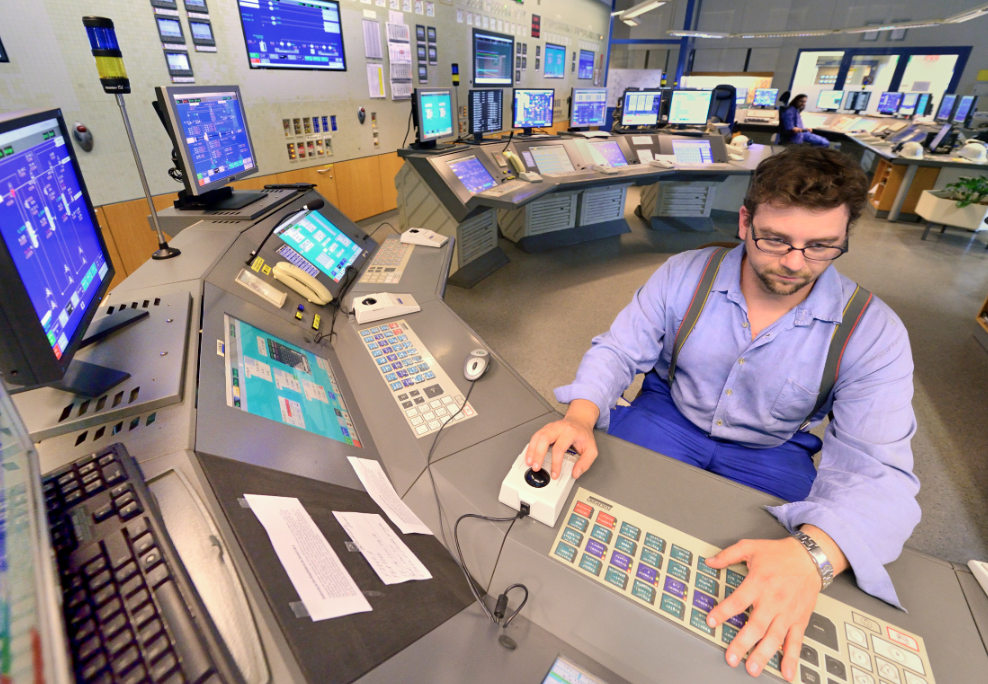 Projects vary widely, from new ways of improving process efficiency to innovative solutions for heat integration, to more selective catalysts for our processes. A lot of little things can amount to a big difference. Combined, we expect implementing these efficiency improvements to reduce our overall GHG emissions by 10% by 2025 (based on our 2019 emissions).
Projects vary widely, from new ways of improving process efficiency to innovative solutions for heat integration, to more selective catalysts for our processes. A lot of little things can amount to a big difference. Combined, we expect implementing these efficiency improvements to reduce our overall GHG emissions by 10% by 2025 (based on our 2019 emissions).
We work constantly in each business and on every site to identify and implement improvements. For example, in our Cologne site alone, our team increased site efficiency by optimizing the use of its cooling towers, using new technology to identified compressed air and empowering operators using new dashboards.
Making ethanol more efficiently
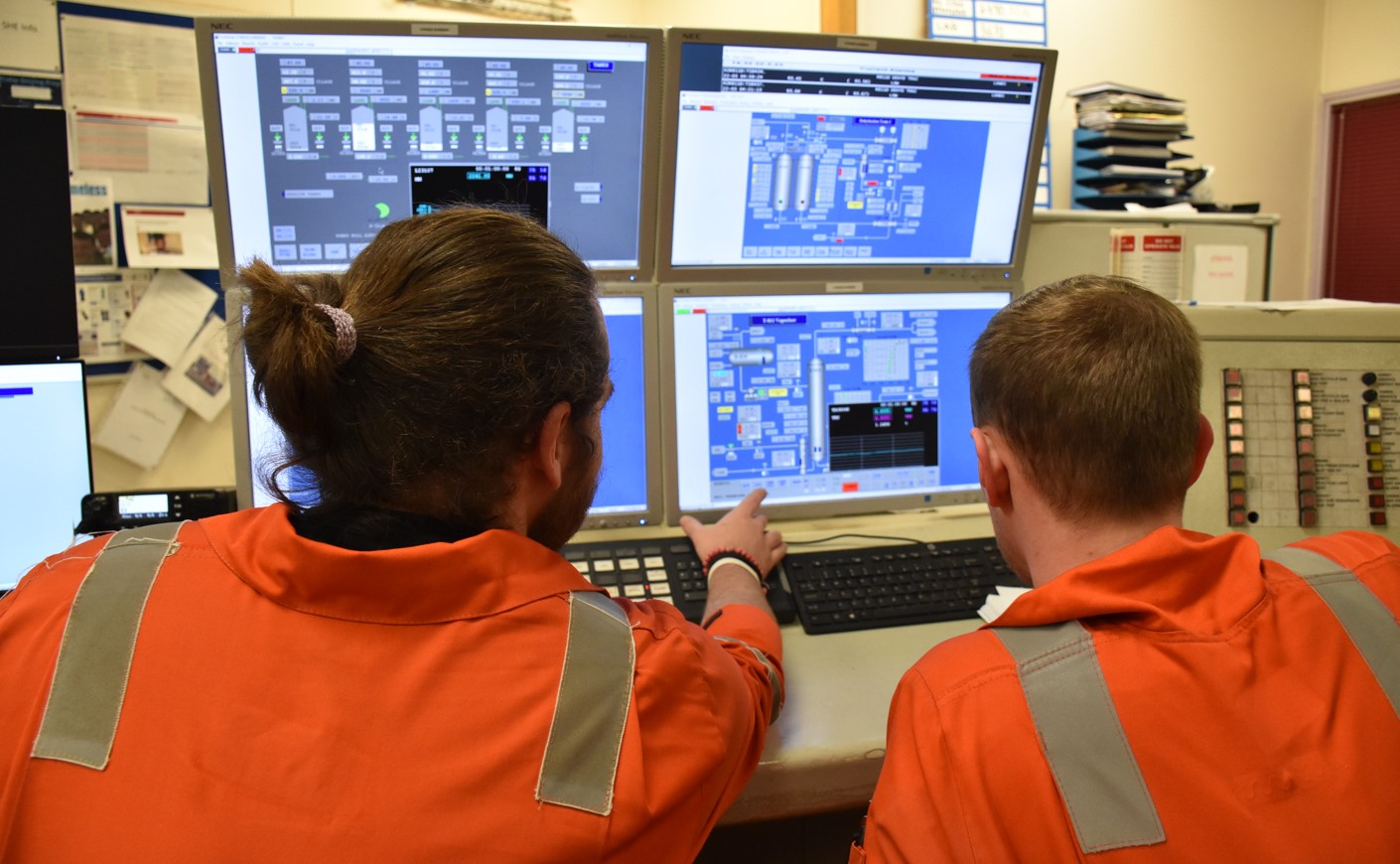
On paper, converting ethylene to ethanol is relatively simple - just add water. In practice, the industrial chemistry that underlies the process is more complex, requiring large amounts of water, steam and energy. Here’s how our team in Grangemouth recently both improved plant efficiency and made a major cut to emissions. Showing that a lot of small improvements will amount to a big difference.
Hybrid polymers
Recycl-IN is INEOS O&P’s hybrid polymer range that contains up to 70% mechanically recycled content. By combining highly engineered polymers with mechanically recycled resins, Recycl-IN products can achieve virgin-like quality. This means that our customers can meet the demand for more use of recycled materials, while delivering the high-performance specifications they need. Because the mechanically recycled resins need less energy input, depending on the grade chosen using Recycl-IN polymers also helps to reduce emissions, offering:
that contains up to 70% mechanically recycled content. By combining highly engineered polymers with mechanically recycled resins, Recycl-IN products can achieve virgin-like quality. This means that our customers can meet the demand for more use of recycled materials, while delivering the high-performance specifications they need. Because the mechanically recycled resins need less energy input, depending on the grade chosen using Recycl-IN polymers also helps to reduce emissions, offering:

Hydrogen
Like many governments around the world, we believe that hydrogen will be essential for the transition to a zero emissions economy. At INEOS O&P Europe alone, that is translating into meaningful action in sites that produce product for our customers:
- INEOS in Köln receives state funding for green hydrogen feasibility study to cut CO2 by more than 100,000 tonnes per year
- INEOS at Grangemouth announces plans to construct a low-carbon hydrogen manufacturing plant
- INEOS launches clean hydrogen project in Rafnes, Norway
Examples: INEOS group action
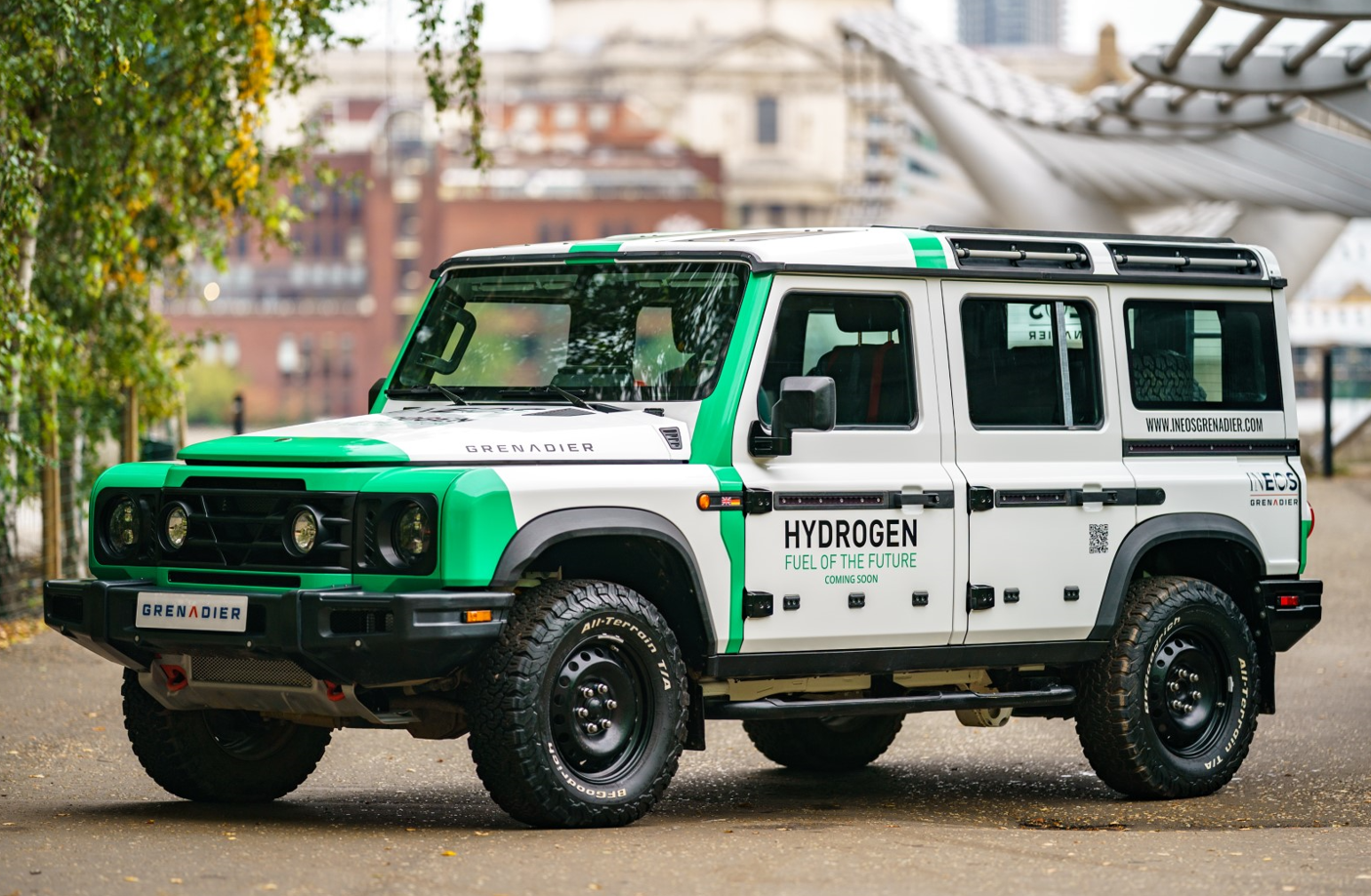
- Launched a new global clean hydrogen business that will make hydrogen from water by electrolysis using zero carbon electricity. This builds on our existing strengths
- INEOS is Europe’s largest developer and operator of electrolysis technology. We also have storage infrastructure. The two combined can help buffer the intermittency of renewable energy
- We can kick start the transition using our existing hydrogen, a co-product from our existing processes - we make enough hydrogen to fuel 300 million miles of heavy goods vehicle travel
- Clean hydrogen will provide zero emission power for industry and homes and will meet the growing demand for hydrogen fuelled vehicles, including for future versions of our own INEOS Grenadier 4x4
- We recently signed a memorandum of understanding with Hyundai Motor Group to work together on fuel cells for the Grenadier and cooperate on hydrogen development
- We are also working with local and national authorities in several regions to develop the infrastructure needed.
Carbon capture
Although INEOS’ goal is to cut emissions at source, we
recognise that 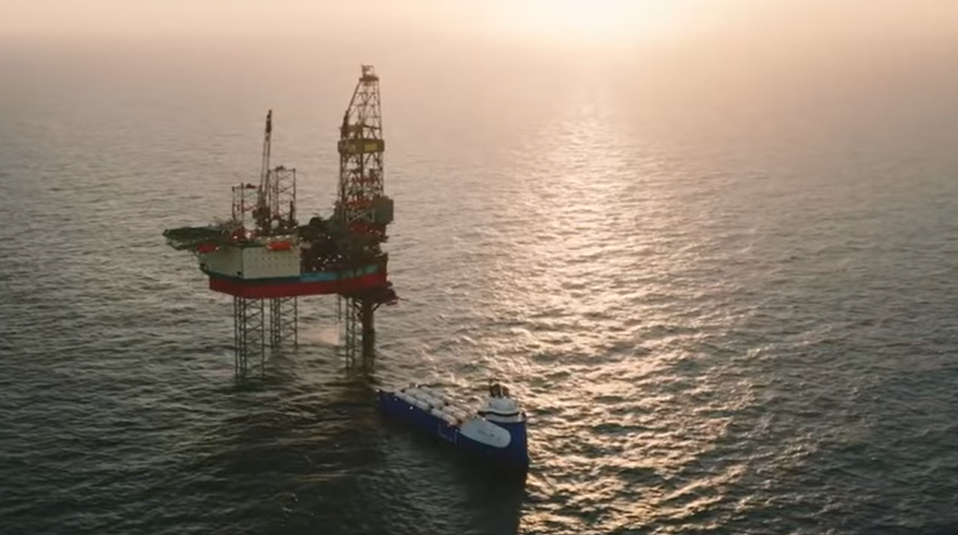 capturing, storing and utilizing carbon will play an important role in mitigating GHG emissions, over the short and longer term. Our ultimate goal is to capture carbon dioxide and derive value from it. As well as taking action to meet INEOS' commitment to reducing emissions by 33% by 2030, longer-term INEOS O&P Europe will also leverage the capabilities INEOS is developing in carbon capture and green hydrogen to ensure we maintain momentum to net zero.
capturing, storing and utilizing carbon will play an important role in mitigating GHG emissions, over the short and longer term. Our ultimate goal is to capture carbon dioxide and derive value from it. As well as taking action to meet INEOS' commitment to reducing emissions by 33% by 2030, longer-term INEOS O&P Europe will also leverage the capabilities INEOS is developing in carbon capture and green hydrogen to ensure we maintain momentum to net zero.
Commitment to regional initiatives
- INEOS and Petroineos at Grangemouth joined the Scottish cluster, partnering with the Acorn project to capture and store up to one million tonnes of CO2 by 2027. Once operational the proposed CCS system will increase emission reduction at the site to more than 60% compared with 2005. Read more
- INEOS takes part in the Antwerp@C initiative, which is aiming to support industries’ efforts towards a 50% CO2 emission reduction within the Port of Antwerp, Belgium, by 2030. Through the creation of a common CO2 infrastructure that collects and exports CO2 for sequestration in offshore capacities. Read more
8 March 2023: INEOS-led consortium announces breakthrough in carbon capture and storage (Project Greensand)
- World first, with the safe injection of carbon dioxide from Belgium into a depleted oil field in the Danish North Sea
- Shows for the first time the feasibility of CO2 storage from being captured at an INEOS Oxide site in Belgium, to being transported cross-border and finally safely and permanently stored in the INEOS-operated Nini field
- By 2030, aims to store up to 8 million tonnes of CO2 per year while continuing to make significant contributions to our understanding and growth of carbon storage technology
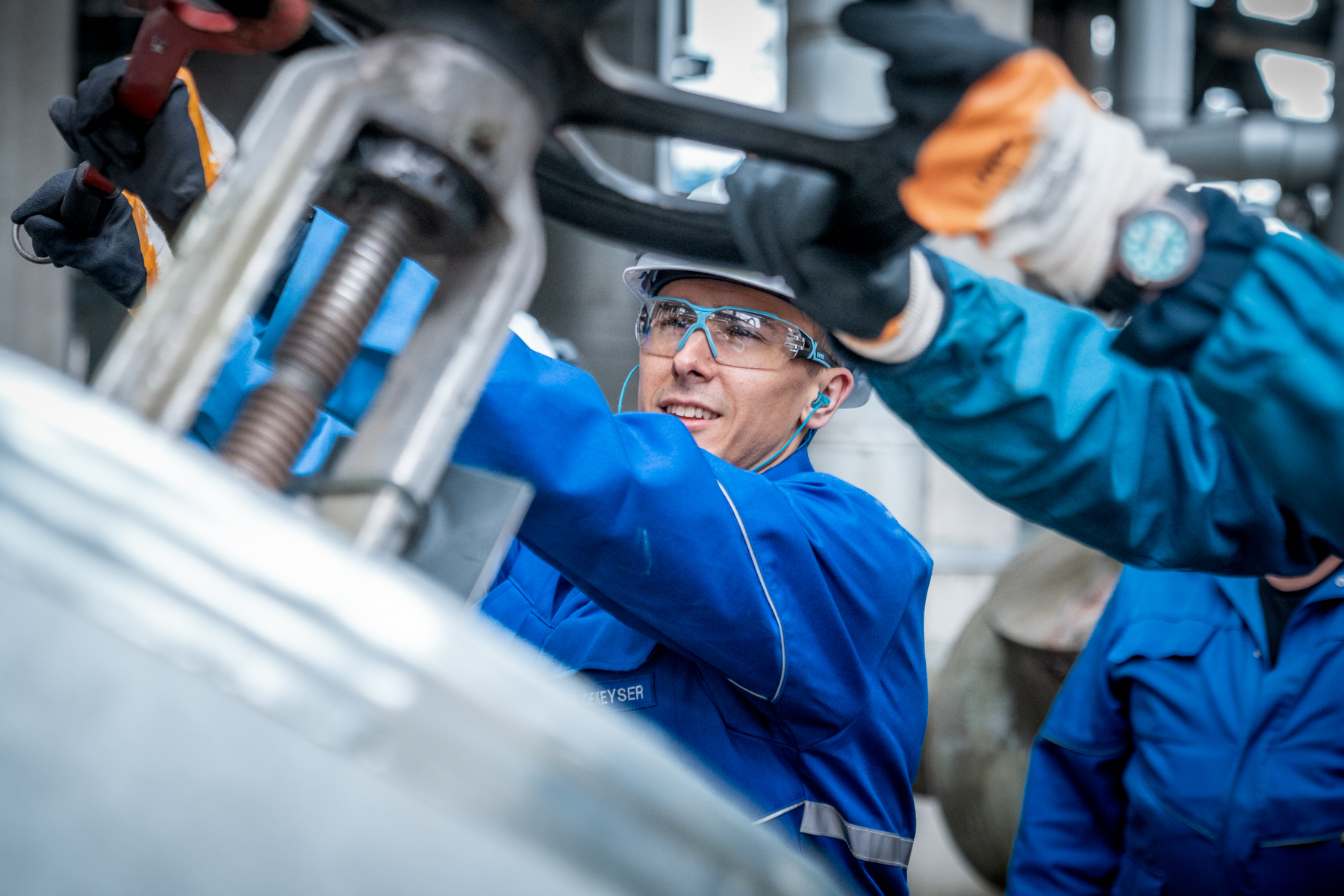
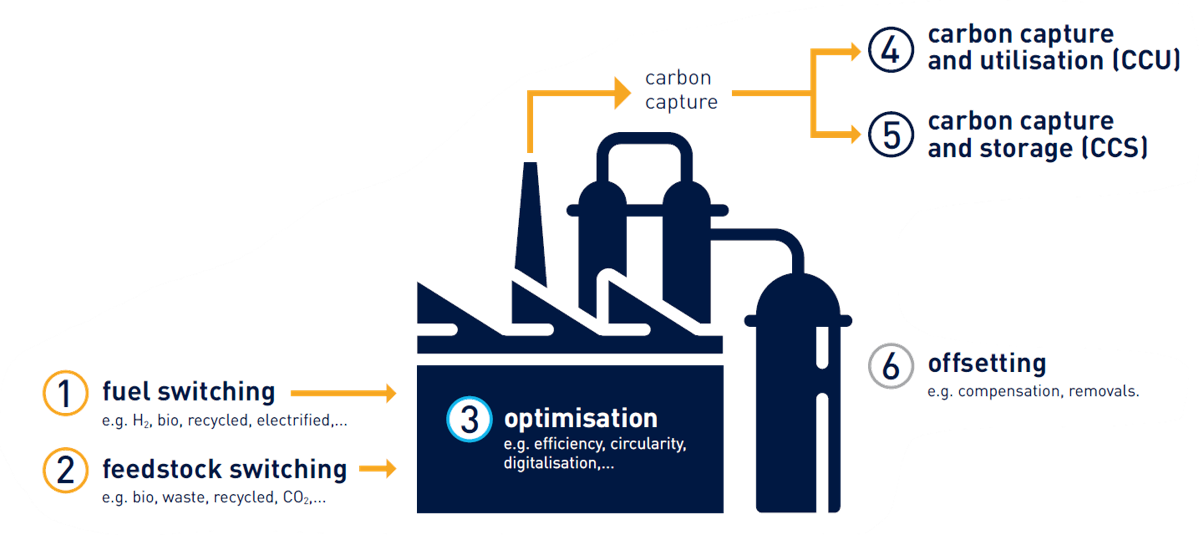 by 2050, whilst remaining profitable and staying ahead of evolving regulations and legislation. To date we have developed roadmaps which are expected to deliver reductions of over 10% by 2025 and over 33% by 2030.
by 2050, whilst remaining profitable and staying ahead of evolving regulations and legislation. To date we have developed roadmaps which are expected to deliver reductions of over 10% by 2025 and over 33% by 2030.